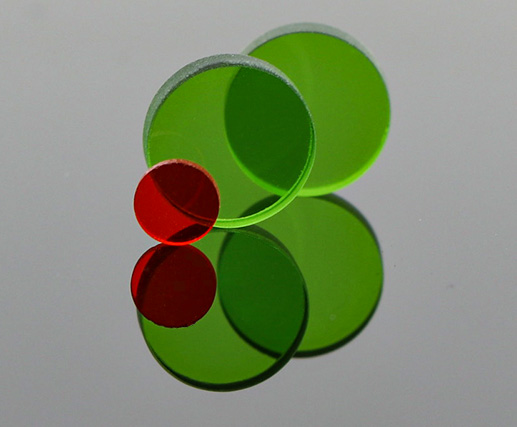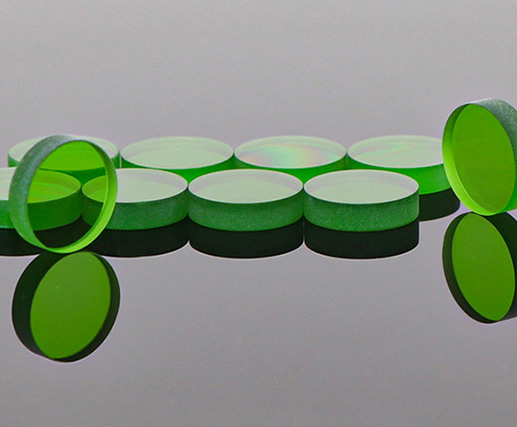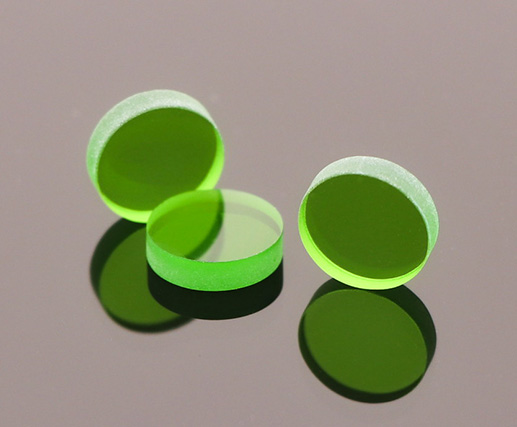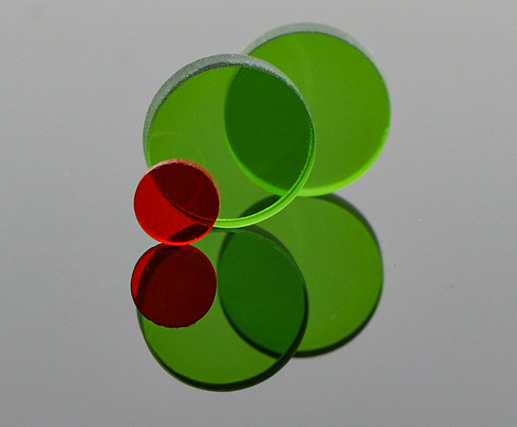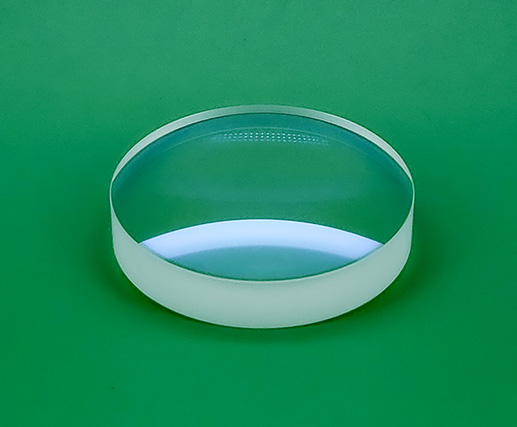Optical Glass Filter Color Filter
PRODUCT DESCRIPTION
Introduction of Optical Filters
Optical Filters are optical devices used to select the desired wavelengths of radiation. One commonality of filters is that no filter can make the image of a celestial object brighter because all filters absorb certain wavelengths, thus making the object darker.
Optical Filter principle
Optical filters are plastic or glass and then add special dyes made of red filters can only let the red light through, so analogous, the original transmittance of glass and air is almost the same, all the color light can be passed, so it is transparent, but dyed dyes, the molecular structure changes, the refractive index also changes, the passage of certain colors of light on the changes, such as a beam of white light through the blue filter, the shot is a blue beam, and green light, red light is very little, most of them are absorbed by the filters. For example, if a beam of white light passes through a blue filter, a beam of blue light is emitted, and green light and red light are very little, and most of them are absorbed by the filter.
Optical Filter Features
Its main feature is that the size can be made quite large, thin-film filters, generally through the wavelength is longer, more for infrared filters, the latter is based on a certain sheet, with a certain thickness of vacuum coating method of alternately forming a high refractive index or low refractive index of the metal - dielectric - metal film, or the whole dielectric film, constituting a low-level ,multi-stage tandem solid Fabry-Perot interferometer, the film material, thickness and tandem mode of choice, the center of the wavelength required by the wavelength and transmission bandwidth of λ to determine.
Classification of Optical Filters
1.Spectral Band: UV Filters, Visible Filters, Infrared Filters
2.Spectral Characteristics: Bandpass Filters, Cutoff Filters, Spectral Filters, Neutral Density Filters, Reflection Filters
3.Film Materials: Flexible Filters, Rigid Filters
Hard film filters not only refers to the film hardness, but more importantly, its laser damage threshold, so it is widely used in laser systems, the surface of the soft film filters are mainly used in biochemical analyzers in the band-pass type: selected wavelengths of light through the light cut-off outside the passband, the optical indicators are mainly the center wavelength (CWL), half-bandwidth (FWHM), is divided into narrow-band and wide-band, such as the narrow-band filters for short-wavelength light. Pass type (also called low wavelength): shorter than the selected wavelength of light through, longer than the wavelength of light cut-off, such as infrared cut-off filters long-wave pass type (also called high wavelength): longer than the selected wavelength of light through, shorter than the wavelength of light cut-off, such as infrared transmittance filters, the use of IR-CUT double filter can effectively solve the problem of double-peak filters, IR-CUT double filters consist of an IR cut-off filter and a full-spectrum filter, and a full-spectrum filter, and a double filter. IR-CUT double filter consists of an infrared cut-off filter and a full-spectrum optical glass composition, when the daytime light is sufficient infrared cut-off filter work, the CCD to restore the true color, when the night light is insufficient, the infrared cut-off filter is automatically moved away from the full-spectrum optical glass began to work to make full use of the CCD to all the light, which greatly improves the performance of the low-light, IR CUT double filter is designed to correct the CCD camera off-color, out-of-focus IR CUT dual filters are specially designed for CCD camera to correct the problem of color deviation and defocusing, so that the captured image is not out of focus and color deviation, and the IR night vision is more transparent, solving the problem of color deviation of day and night images of the IR camera, and filtering the strong light to make the picture color purity and beauty and softer, and to achieve the same color of the human eye vision.


















